
Madras G.P.O.
A commemorative postage stamp on the 200 years of the Chennai General Post Office (GPO) :
 Issued by India
Issued by India
Issued on Oct 9, 1986
Issued for : The Department of Posts feel happy to bring out a commemorative stamp on completion of 200 years of Madras G.P.O.
Description of Designs : The 500 P two colour stamp on 200 years of Madras G.P.O. was designed by India Security Press, Nashik Road. The first day cover and the cancellation have been designed by Miss Nenu Bagga.
Type : Stamp, Postal Used
Colour : Two Colour
Denomination : 500 Paise
Overall size : 4.06 x 2.28 cms.
Printing size : 3.75 x 1.98 cms.
Perforation : 13 x 13
Paper : Imported Un W/M P.G. coated gummed stamp paper
Number printed : 15,00,000
Number per issue sheet : 50
Printing Process : Photogravure
Printed at : India Security Press
About :
- Madras G.P.O. is one of the three unique offices in the country called as Presidency Offices, the other two being Bombay and Calcutta.
- It was opened on 1/6/1786 in a building on the beach in Fort St. George Square. It was shifted to a building in Fort St. George on 1/10/1837 commonly called the Old Bank near the North Gate (vide notification in Fort St. George Gazette dated 20/9/1837). It was further moved to the premises in George Town known as Garden House next to general market as per notice in Fort St. George Gazette dated 4/1/1856. The G.P.O. was shifted to the present building on 26/4/1884.
- As per notice in Fort St. George Gazette dated 25/3/1834 subsidiary Post Offices were opened at Vepery and Royapettah for transmission of letters to Madras G.P.O. on payment of ½ Anna over and above the regulated postage.
- Madras G.P.O. was from the beginning a pioneer Post Office in providing better postal facilities to the public. The postage rates in Madras Presidency were cheaper than at Calcutta upto 1837 when uniform postage was introduced all over India.
- Madras G.P.O. was the first to introduce window delivery of letters in 1850 while no such facility was available at Calcutta. There was a boat contractor to bring mails from steamer to harbour. No other person except one Postal official on duty was allowed in the boat. The mails were carried from harbour to G.P.O. in bullock cart with 3 Coolies accompanied by a Postal official.
- On opening on 1/6/1786 the staff at Madras G.P.O. consisted of Postmaster General, 1 Deputy Postmaster General, 1 Writer or Native Assistant, 5 Sorters (Clerks), 1 Head Peon and 10 Peons (Postmen) for distributing letters. A Deputy Postmaster was appointed for Masulipatnam, Ganjam, Tanjore and Anjango. The Postmaster General had the control of the whole establishment.
- The present site of the G.P.O. building was actually a site of warfare and it was called as ‘ABER CROMBLE BATTERY’ called perhaps after a Scion of the English nobility of the same name.
- The site for the construction of the building was finally selected in 1873 and the construction work entrusted to Mr. R.F. Chosholm.
- In 1884, at a cost of £ 60,000 (variously mentioned as Rupees six lakhs to eight lakhs in terms of rupees in the reports of the period) to the exchequer, the buildings of Madras G.P.O. and Government Telegraphs Office occupying a little over 55,000 sq. ft. were completed.
- On 1/3/1884, Saturday, the office of the Postmaster General moved their departments into the building from the Chartered Mercantile Bank building in the North Beach Road, followed on 9/3/1884, Sunday by the Government Telegraph Office. The buildings, however, began to reverberate with full-blooded activity, when the Post Office, moved on 26/4/1884 Saturday, and business was thrown open to the public at 11:00 a.m. that day.


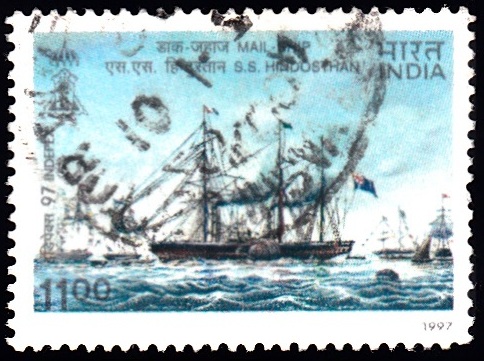
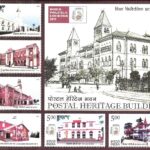
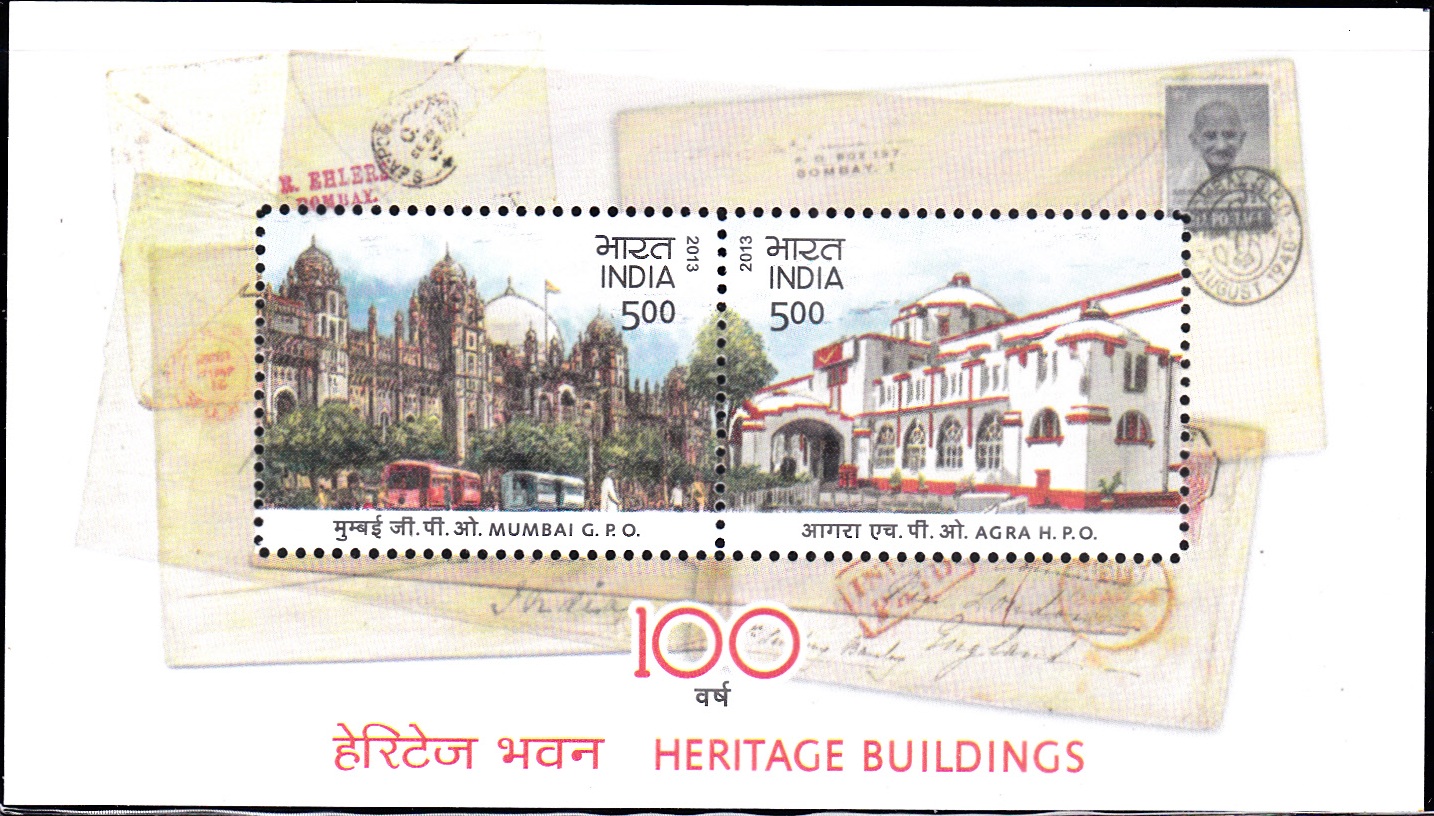
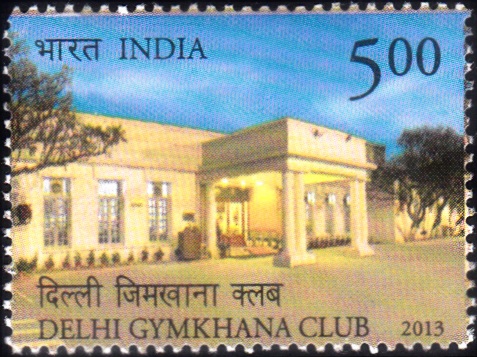
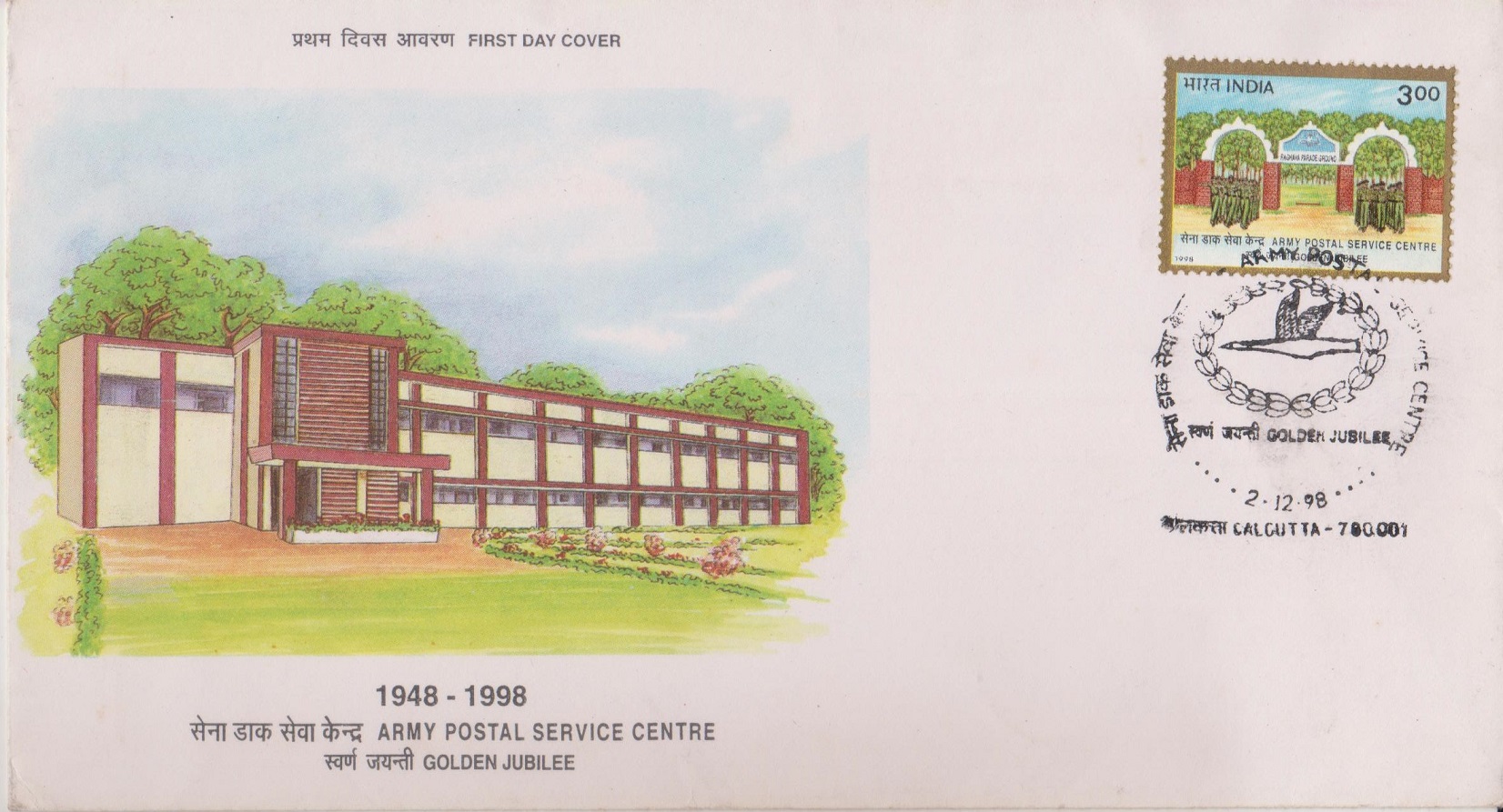
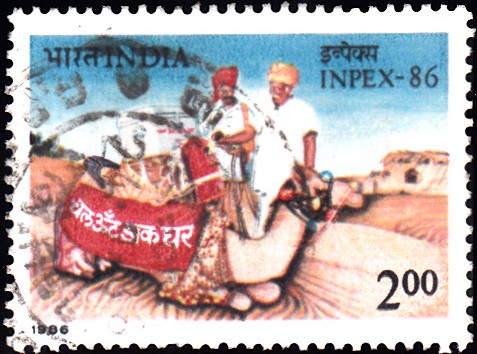
[…] 1776, and further developed by Warren Hastings, who established the Calcutta GPO in 1774. GPOs at Madras and Bombay followed in 1786 and 1793 respectively. The Post Office Act of 1837 united the Post […]